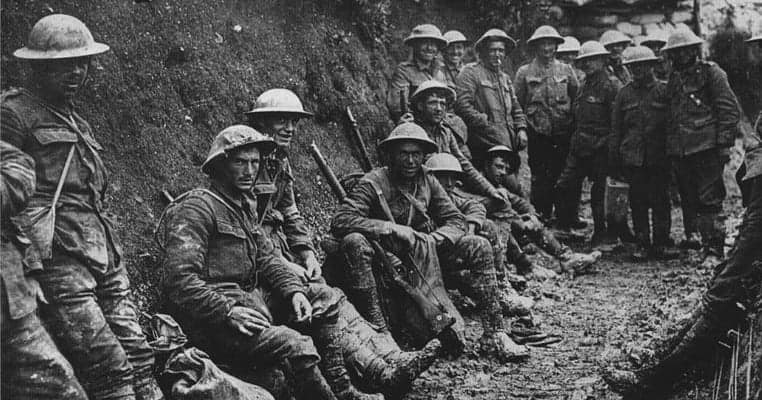As Plato poignantly noted, “only the dead have seen the end of war.” Stretching across the vast history of the human race, as far back as the start of recorded history and beyond, war has served as a plague upon our species. Whether due to a lust for power or for wealth, a desire for vengeance, mindless irrationality, or some other factor, mankind has incessantly waged sustained and bloody violence against one another. Many of these conflicts, including notably the First World War, were billed as the “war to end all wars”; alas, this was not so, and war continues to ravage our planet with ever-increasing costs in human lives.
Here are 20 of the deadliest wars in human history (so far):

20. The Punic Wars, fought between Rome and Carthage, were responsible for an estimated 1,250,000-1,850,000 deaths
The Punic Wars were three wars fought between the ancient states of Rome and Carthage from 264 to 146 BCE: the First Punic War (264-241); the Second Punic War (218-201); and the Third Punic War (149-146). Seeking to curb Roman encroachment into the Mediterranean, the First Punic War was largely fought over the ownership and control of the island of Sicily. Whilst the Romans possessed superior armies, the Carthaginians retained a greater navy resulting in an approximate stalemate. The Second Punic War saw famed Carthaginian general Hannibal attack mainland Europe, in an attempt to sever the alliances between Rome and its vassals. Beginning in Iberia, Hannibal legendarily crossed the Alps in a surprise maneuver to invade northern Italy.
Despite achieving early victories at Trebia and Lake Trasimene, resulting in the deaths or imprisonment of 130,000 Roman soldiers and the defection of 40% of Rome’s Italian allies to Carthage, Hannibal was pursued back to North Africa by Scipio Africanus and eventually defeated in 201 at the Battle of Zama. This defeat would limit Carthage to merely the ancient city and see Rome emerge as the dominant regional power. Struggling after a century of periodic conflict, Carthage could hold off the Romans no longer. During the Third Punic War Carthage was besieged by the Romans and, in 146, was captured; set ablaze, the ancient city burned for 17 days, obliterating the walls and buildings of the historic capital. The remaining population of Carthage, numbering just 50,000 from an estimated pre-war peak of half a million, were sold into slavery.

